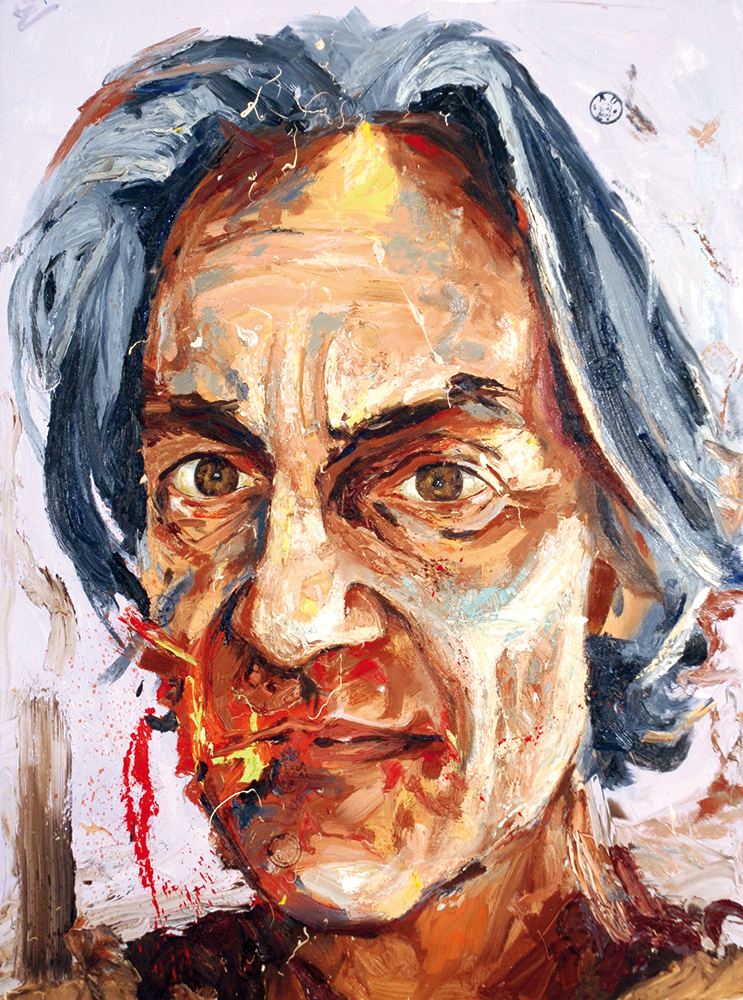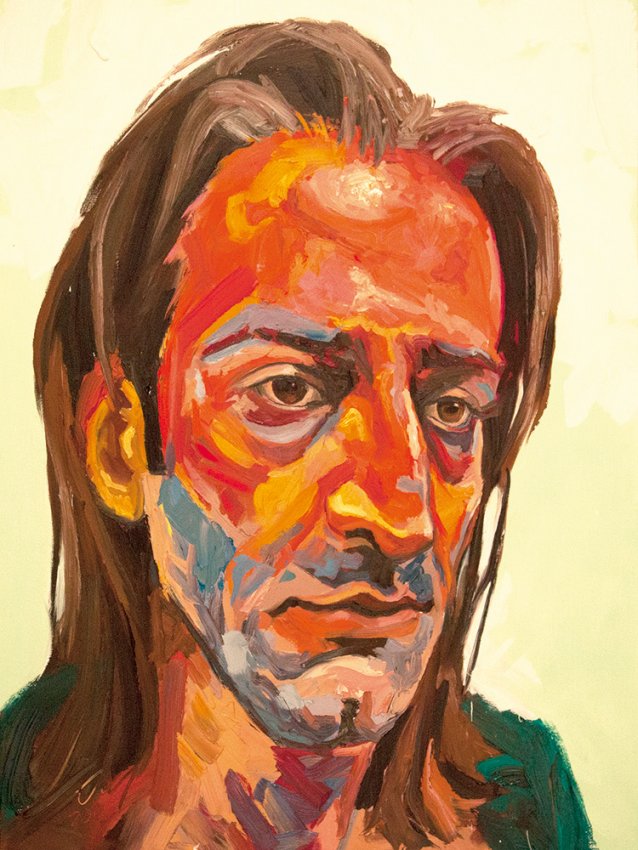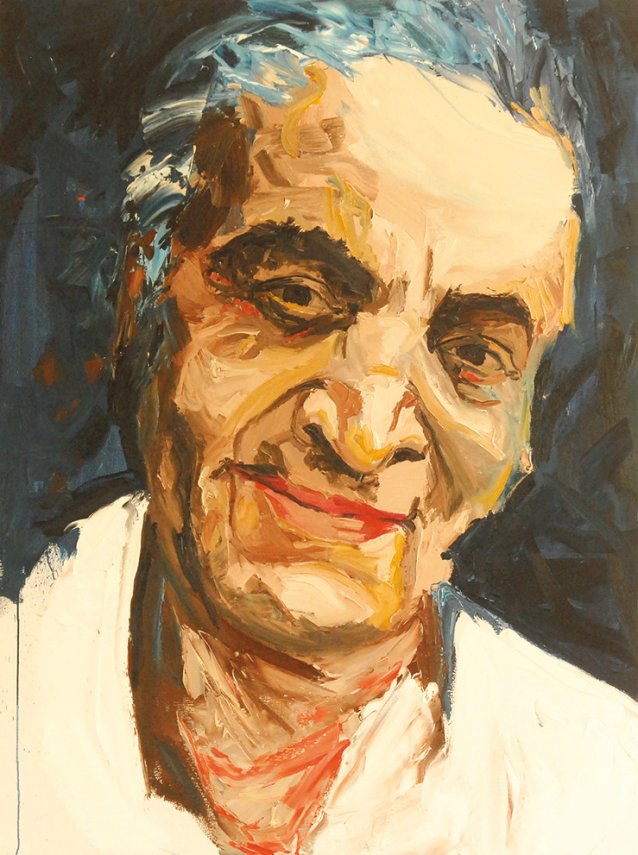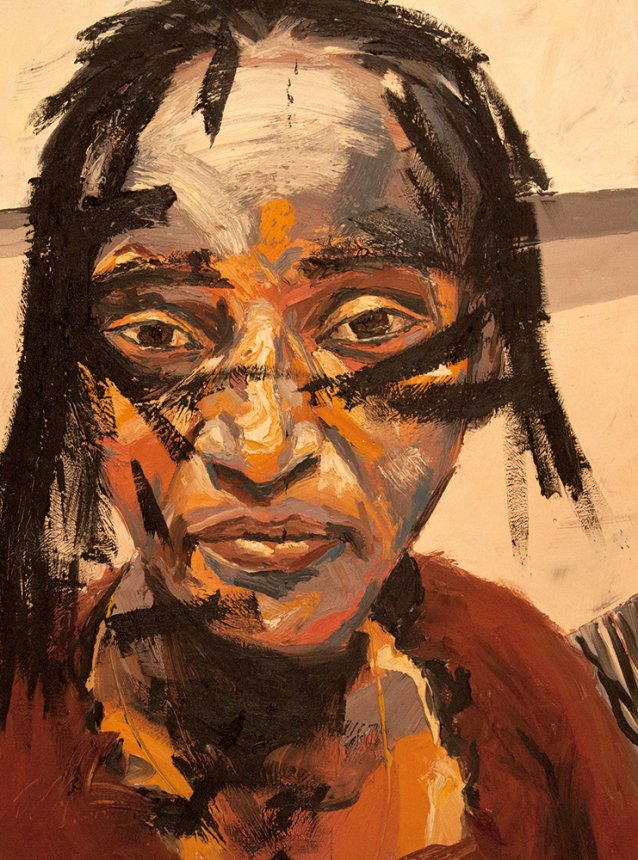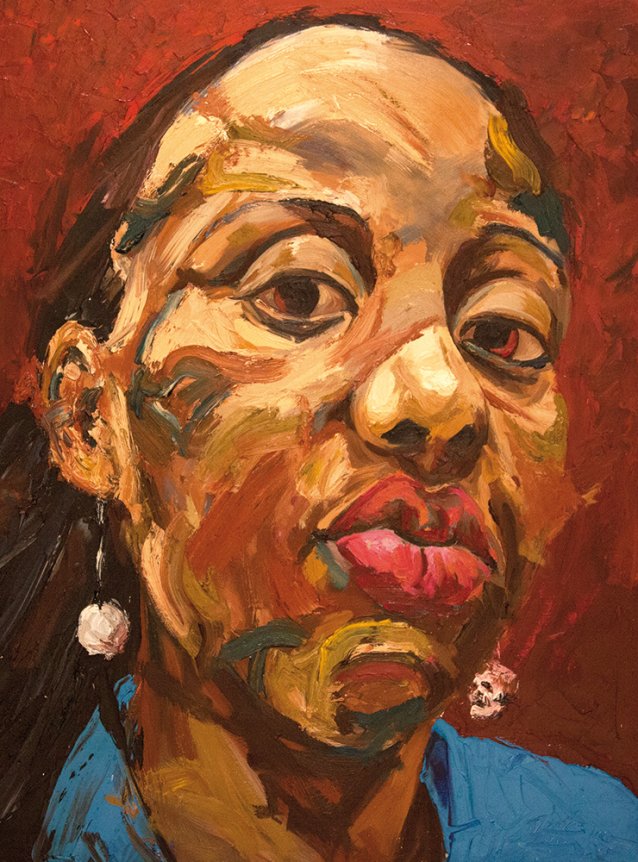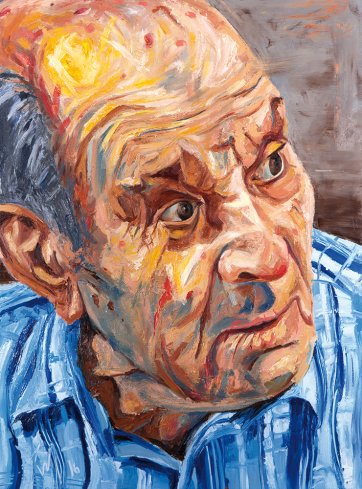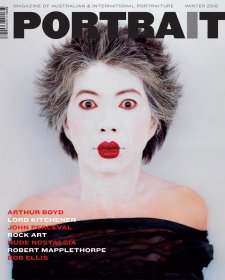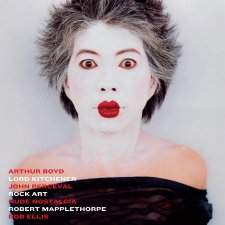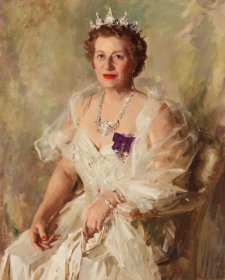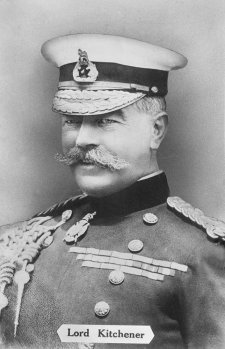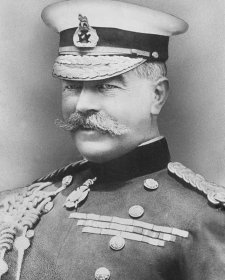According to 2015 figures released by the Australian Bureau of Statistics earlier this year, over 28% of Australia’s population was born overseas. In excess of a quarter of the national population, then, has gone through, or is going through, the experience of adjusting to a new culture. For some, this might be a relatively easy transition from an English-speaking, Anglo-Celtic culture to one strongly influenced by an Anglo-Celtic colonial history. For others, it might entail exposure to a different language, religion and system of governance, as well as smaller changes such as alterations in diet or variations in social customs.
Queensland artist Jacques van der Merwe left South Africa in 2008 with his wife, Madeleen, and two children, to find a place where he could raise his family without the constant fear of crime and potential for violence he experienced in Pretoria. While happy to find a peaceful haven in Australia, Jacques and Madeleen left family and friends and moved to a place where they knew nobody. At the time, Jacques was just beginning to establish a reputation as an artist in South Africa, and by moving to Australia he had to start all over again. For the first few years, the family was unsure if they would be allowed to remain in the country, as they tackled the bureaucratic quagmire of applying for permanent residency. Jacques found himself surprised by how hard it was to adjust to this new land; this was the genesis of the New Arrivals project, which he started after finding himself comparing stories with other new migrants.
